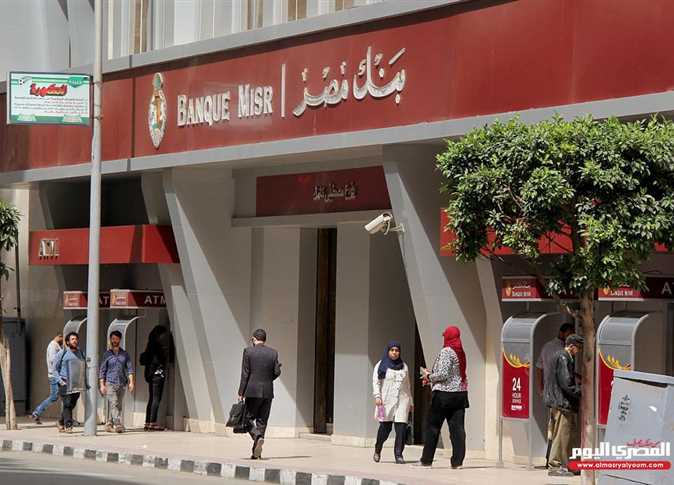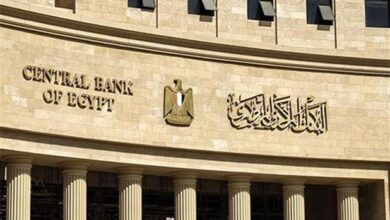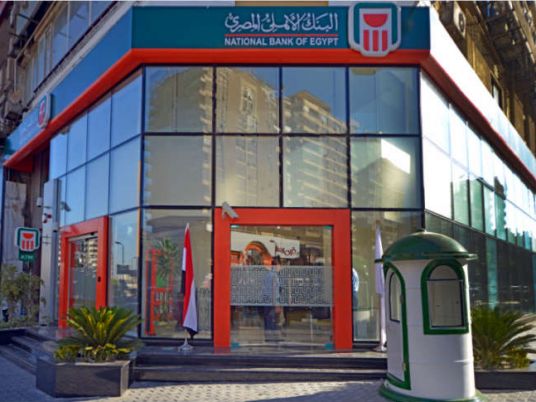Al-Masry Al-Youm sits down with President of the Union of Arab Banks and Banque Misr CEO, Mohamed Barakat to discuss Egypt's economy ahead of the 11 November Euromoney conference in Cairo.
Q: What about compromising the debt defaulters problem?
That problem had to be resolved after uncovering its reasons. The bank is in charge of keeping the clients’ money. Every case had to be mulled alone and make sure new loans were directed to struggling companies. We will keep going in carrying out the old compromises. The bank clients also still offer settlements.
Q: What are the economic challenges facing the Arab region?
There are always chances for investments in times of hardship. However, there are challenges facing the region including unemployment that reached 13 percent according to some recent government reports. There needs to be investments to create job opportunities. There are obstacles tied up with laws, legislation and investment protection. Arabs directed their investments abroad and at least part of them should be restored. Problems that hamper Arab investments should be resolved. Enough guarantees should be provided to reduce risks of investing.
Q: What about the local ones?
Egypt has a lot of natural resources, capital and a qualified technical workforce. The banking sector is ready to fund. We are looking for chances to loan. Budget deficit is the biggest challenge facing the Egyptian economy, which should be resolved, as well as unemployment. The education system should also be reformed. Security should be restored to get tourism back to its previous rates.
Q: How do you see the bank’s foreign activity?
The bank plays a strategic role in developing international relations with Egypt, especially with the Nile Basin countries through its branches abroad as well as its companies and funds. It played role in development projects in Sudan and Ethiopia including a huge meat project. Some countries support Egypt, while others don’t – however, it’s important to keep the bank’s license in such countries and secure its money.
Q: How do you view the Egyptian banking sector at the moment?
The Egyptian banking sector is strong. It pushes economic growth. It helped with exceeding local and international projects since 2008. Banks enjoy a good financial status as well as in capital and cash liquidity. It can cover granted loans. It applies all laws and international rules.
Q: Why were banks attacked for not giving loans and directing liquidity toward governmental debt?
Banks were successful in light of local and international variables, however, they are being attacked for not lending, which is completely unfair. We have enough liquidity and are ready to mull any new opportunities. However, no one can instruct banks to invest its assets or funds in any sector. Banks are competing to grant loans, however, loans opportunities are few. In case no opportunities were available, banks can then invest their deposits in treasury notes or the central bank’s corridor system. I would confirm that lending to customers is more profitable than treasury notes, as the interest is higher.
Q: What’s the plan on opening new branches for the bank?
The bank’s policy on opening new branches across the country is ongoing. Eight new branches were opened last year. The total number of branches reached 490 in December 2012. Restructuring all of the bank’s branches is finished. 173 branches were developed by June 2012. The number of ATMs reached 967 by December 2012.
Q: What do you think about future of small and middle-sized enterprises? What about their funds from the bank?
Banks are trying to promote micro, small and medium-sized enterprises. We have databases about them through the central bank and the banking institute. The government pays attention to this sector to develop the economy and create jobs, which made the central bank provide them with facilities in coordination with other banks.
It’s important that we consider these enterprises’ budgets, documents and risks. We finance small and middle-sized companies through our branches for all of the agricultural, industrial and service sectors. Growth rates reached 72 percent in 2011/2012 in the credit portfolio for small and middle-sized projects.
It was achieved through the continuous support of small and middle-sized enterprises, in addition to the bank’s role in lending to micro-businesses to fight unemployment and take part in developing the society. Loans to such field range between LE1,000-LE25,000
Q: What about the results of the bank’s work in 2012/2013?
The Central Auditing Organization is reviewing the budget and the business outcome of the past year. We are awaiting the results to announce it.
The bank achieved the highest results in its history for the third consecutive year, according to its financial statements on 30 June 2012. The total outcome of the year 2011/2012 reached LE2426 million ahead of deducting tax with growth rate of 45.2 percent for the previous year. The net profit in June 2012 reached LE709 million, compared to LE515 million in June 2011 with growth rate of 37.7 percent and after paying LE1717 million as taxes.




